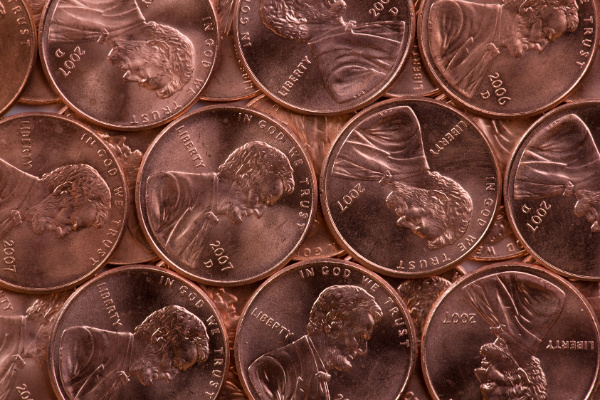Fact Sheet

Pennsylvania COVID-19 Relief Funds
SUMMARY
- During the pandemic, Pennsylvania directed more funding to closed schools than to health care.
- This analysis considers all state-directed federal relief funding and compares that amount to PPP loans, individual impact payments, and unemployment benefits.[1]
EDUCATION RECEIVED THE MAJORITY OF COVID-19 RELIEF FUNDING
- Education is the largest category of appropriations at more than $10 billion. The amount of tax dollars sent to schools tops the amount allocated for assistance programs, like rental payments and food relief, and the amount spent by the Department of Health to address the pandemic and vaccine distribution.
- The American Rescue Plan provides more than double the funding of the other aid packages combined, in terms of state appropriated funds. Recipients, including schools, have not received this aid yet. In other words, most state-appropriated relief funding will not reach recipients until long after the height of the pandemic. American Rescue Plan funds can be used through 2024.
OTHER FUNDING TRENDS
- COVID-19 relief split roughly four ways. When incorporating unemployment, Paycheck Protection Program loans, and individual impact payments, state-allocated spending makes up about a quarter of the federal aid pouring into Pennsylvania.[2]
- Federal funding has increased at an alarming pace, while the pandemic fades. Federal funding began with an increased FMAP rate in the Families First Act (worth $2.07 billion in FY 2020–21) and continued through the American Rescue Plan (ARP).[3] State government appropriations have increased from $5 billion in the 2019–20 budget up to $8 billion in the 2020–21 budget, exploding to an estimated $20 billion in the upcoming 2021–22 budget, assuming all ARP funds are allocated in one budget cycle.
- Federal COVID-19 aid more than replaced revenue declines during the pandemic. In Fiscal Year 2019–20, revenue dropped $2.58 billion.[4] CARES aid distributed in 2020 totaled $5 billion, and revenues are recovering in 2020–21. The Independent Fiscal Office (IFO) projects revenues will reach $38 billion this fiscal year, leaping past pre-pandemic general fund revenues of $34 billion.[5]
- The IFO also projects that when the federal money runs out, the state will return to annual budget deficits thanks to chronic overspending trends that existed long before the pandemic.[6]
[1] This analysis does not include local government appropriations, emergency SNAP, or dollars flowing directly to private institutions like hospitals and universities. Unemployment benefit expenditures reflect expenditures through 2020 and will continue to grow throughout 2021.
[2] PPP figures of $28 billion sourced from regularly updated moneytracker.com; the IFO estimates Pennsylvania businesses received about $32 billion.
[3] “Five Year Outlook 2020,” Independent Fiscal Office, (January 2021), http://www.ifo.state.pa.us/download.cfm?file=Resources/Documents/Five_Year_Outlook_2020.pdf.
[4] Public General Fund Data, Independent Fiscal Office, (accessed May 2021), http://www.ifo.state.pa.us/download.cfm?file=Resources/Documents/Public_Data-General_Fund.xlsx.
[5] “Budget and Economic Update Marcellus Shale Coalition,” Independent Fiscal Office, (March 2021), http://www.ifo.state.pa.us/download.cfm?file=Resources/Documents/MSC_March_31_2021.pdf.
[6] “Five Year Outlook 2020,” Independent Fiscal Office, (January 2021), http://www.ifo.state.pa.us/download.cfm?file=Resources/Documents/Five_Year_Outlook_2020.pdf.